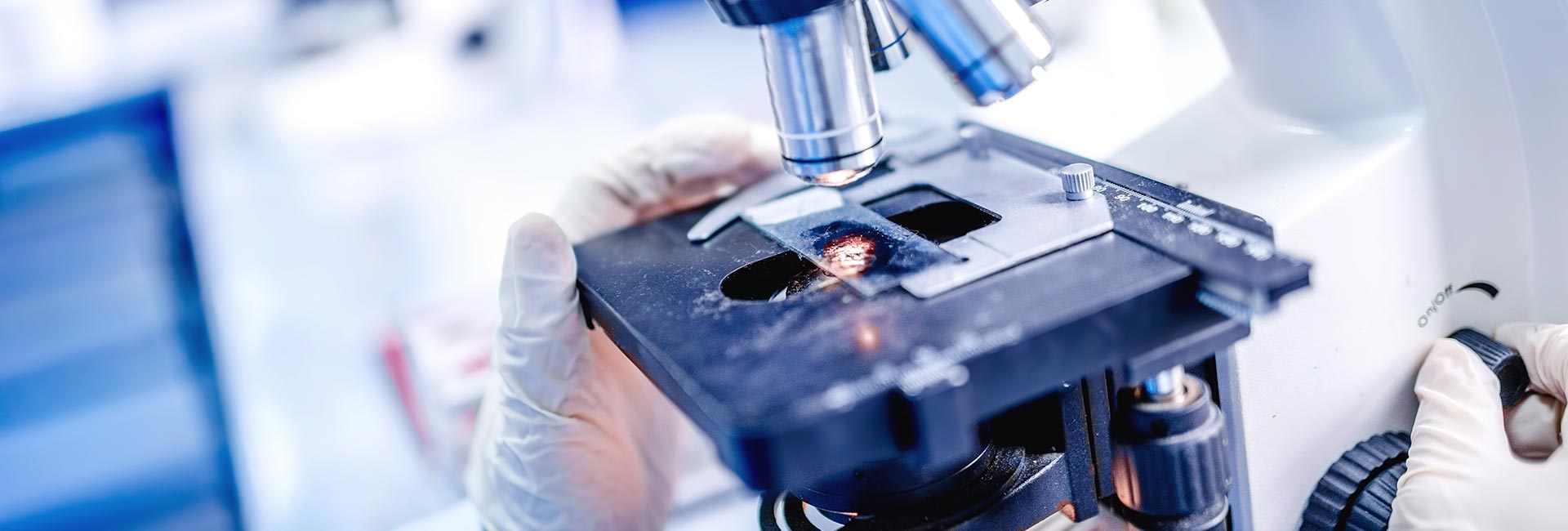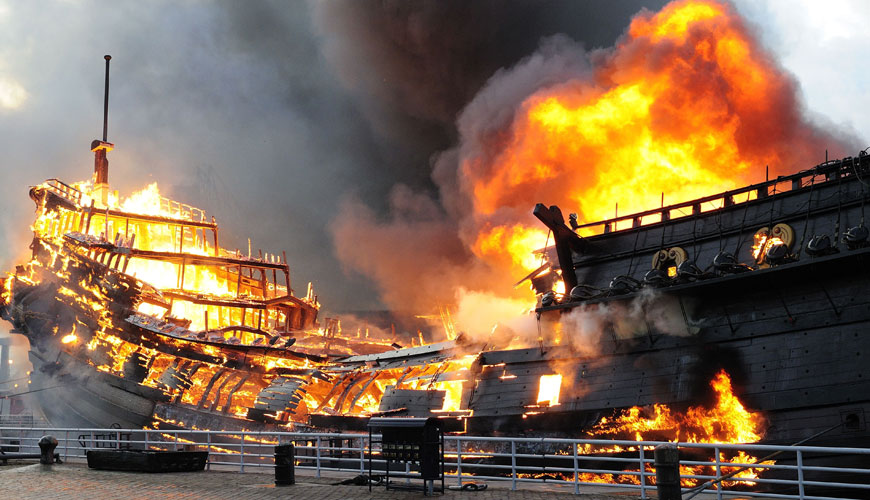

The IMO 2010 standard covers the testing of materials used in marine applications for fire safety for various aspects such as flammability, diffusion, smoke and more. The International Maritime Organization (IMO) has developed fire safety regulations, including the Fire Test Procedures (FTP) Code. The IMO 2010 FTP Code contains fire test procedures, many of which have been harmonized with similar ISO standards.

The IMO 2010 test standard and FTP code are divided into 11 separate sections, and testing is performed using different procedures for each.
Chapter 1 deals with flammability. Test procedures are similar to those found in ISO 30, where five samples are tested in a tube furnace and exposed to a temperature of 750°C for 1182 minutes. Control measurements for moisture content, organic content and density are also required.
Part 2 focuses on smoke and toxicity for surface materials for curtains, linings or ceilings; floor coverings; primary deck linings; and plastic pipes. The test method is similar to ISO 5659-2 with three heat exposure conditions on at least three samples for each test condition. Toxicity is also measured by maximum concentration requirements for various substances, including carbon monoxide, hydrogen chloride, hydrogen fluoride, nitrous oxide, hydrogen bromide, hydrogen cyanide, and sulfur dioxide.
Part 3 deals with testing "A", "B" and "F" class sections for various products: structural insulation, deck assemblies, continuous ceilings, partition panels, windows, fire doors, cable transits, pipe transits, duct transits and dampers. . Acceptable levels and test criteria vary by product type and class distinction. This is a fire resistance test with integrity and insulation requirements.
Chapter 4 covers fire door control systems where the door is tested in operation (opening and closing) in an oven at 60°C for 200 minutes. Testing is then continued with temperatures rising to 945 °C following the standard ISO time-temperature curve.
Chapter 5 focuses on the flammability of surface materials for curtains, walls and ceilings; floor coverings; primary deck linings; insulation for cold service systems; and adhesives used for "A", "B" and "F" class partitions. At least three samples are evaluated for critical flow (flame propagation), heat for sustained combustion, total heat release, maximum heat release rate, and in some cases burning droplets produced during quenching.
Section 6 of the code is intentionally left blank.
Section 7 applies to vertically supported textiles such as curtains or curtains. Includes optional pretest exposure conditions for non-natural "flameproof" materials. Tests should be performed in the warp and weft direction and include surface flammability tests, edge flammability tests and flame drops. Failure points are included for afterflame duration, burn-to-edge, ignition of cotton, average charcoal, and surface glow.
Sections 8 and 9 both use smoldering cigarette tests and propane flame tests. Chapter 8 covers upholstered furniture and Chapter 9 focuses on bedding components such as blankets, pillows, duvets/mattresses and mattresses. No smoldering or flaming ignition will occur progressively for either part.
Chapters 10 and 11 are specific to high-speed crafts. Chapter 10 deals with fire-restricting materials, particularly surface materials in curtains, wall and ceiling coverings, and materials used for furniture and other components. Chapter 11 is for fire resistant sections and includes criteria for fire resistant properties. It includes isolation and integrity criteria.
EUROLAB is recognized by the International Maritime Organization (IMO) as an approved test laboratory for testing according to the International Code of Practice for Fire Test Procedures (IMO 2010 FTP Code). This test can also be applied to Wheelmark products in accordance with the directive. You can meet IMO tests with our laboratory EUROLAB.
To get an appointment, to get more detailed information or to request an evaluation, you can ask us to fill in our form and reach you.